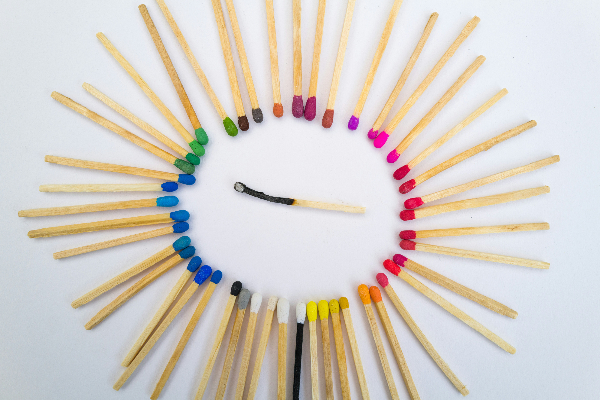3 Ways to Improve Your Trainings

Summer is a time for educators to rest, rejuvenate, maybe travel and spend time with friends and family. But many teachers use their break to do what they love most: teaching. They change their kindergarteners or teenagers for adults to provide professional development workshops for other educators. Technology in the classroom, differentiation, mindfulness… you name it! Professional development for teachers should be experiential, collaborative, grounded on the practice and closely connected to students’ needs. It should also consider that teachers might show resistance to change. Easy, right? Well, not really. Leading a good training session with adults might require you to use all your teaching tricks and more! Consider incorporating these 3 strategies to your workshop to create a training that your colleagues won’t forget!
1. Engage heart+mind+hand. This means creating activities that will engage the different dimensions of the human being to provide a transformative experience:
- Engage the cognitive dimension – Help them reflect, provide stories and dilemmas, create active dissonance.
- Engage the affective dimension – Connect with their emotions and share your own, build trust and create a space for meaningful relationships.
- Engage the psychomotor dimension – Engage their body and stimulate their senses, have them visualize new concepts/strategies using arts and crafts supplies, ask them to create alternatives based on new learning.
Review the outline for your workshop. Are you engaging one dimension more than other? Can you incorporate/modify certain activities to engage these 3 dimensions? To learn more, read The 5 Dimensions of Engaged Teaching: A Practical Guide for Educators. This book is written for educators working with children and youth, but the material is relevant for adults as well.
2. Use humor. Neuroscience research shows that humor systematically activates the brain’s dopamine reward system, which in turn helps with goal-oriented motivation and long-term memory. Recent studies have shown that humor reduces stress and tension in the classroom and promotes creative understanding. A good laugh activates our senses and makes us feel better too! You don’t have to become a stand-up comedian, but think about when/how you can incorporate laughter in your trainings! To learn more, read Using Humor in the Classroom.
3. Use physical space for collaboration. David Kelley, founder of the design school at Stanford University, understands space as an instrument for innovation and collaboration. At the d.school, furniture is purposefully uncomfortable and you often find teams of students standing next to a white board or a project table – literally learning on their feet. Whether you are using a classroom or a conference room, think about how the space can impact your participants’ behavior and use it to actively engage them in collaboration. To learn more, read Make Space: How to Set the Stage for Creative Collaboration.
Ready to create a transformative training experience for your colleagues? Engage your participants’ heart, mind and hand; use humor to create ease and increase memory, and don’t be afraid to avoid desks and chairs! Try these strategies and share your experience! We’d love to hear from you.
Subscribe to the HEART in Mind Newsletter
Research-Based Strategies for your SEL Toolbox









